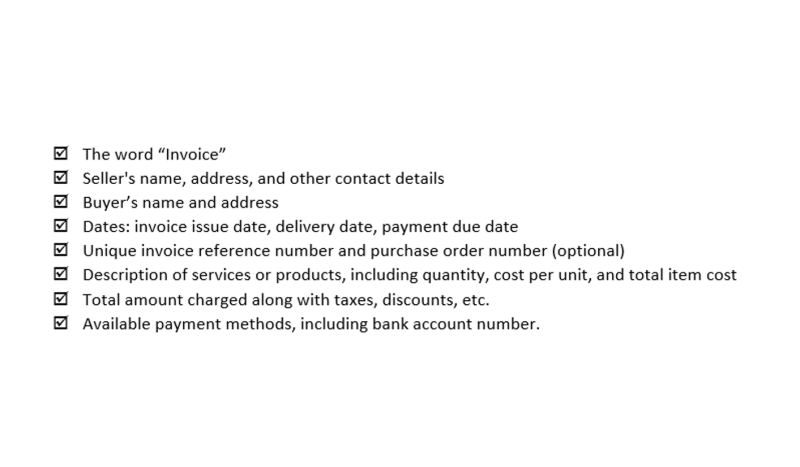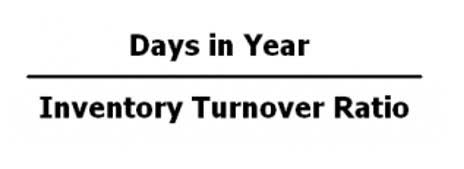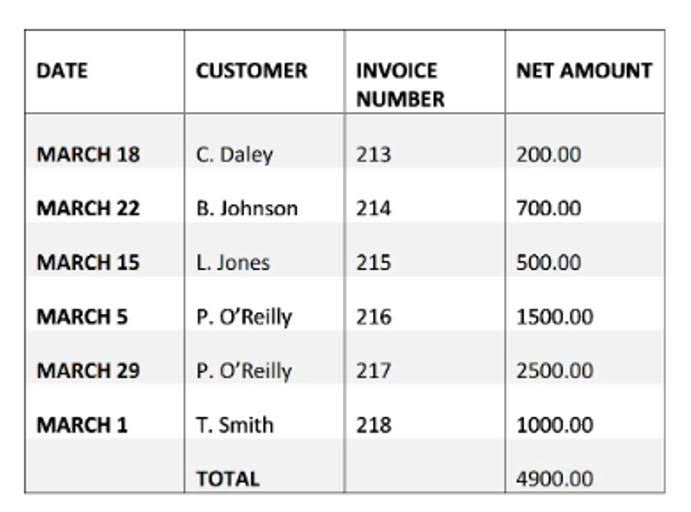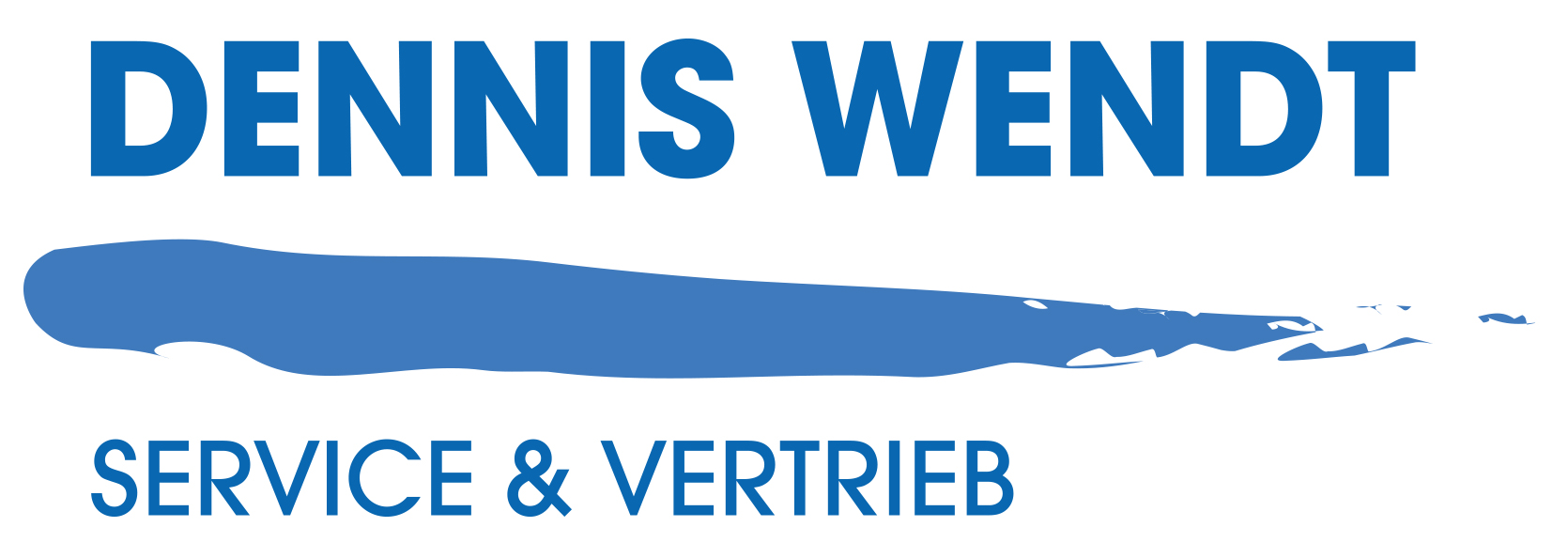
In-house management provides greater control but can be expensive contribution margin due to staffing, training, and system maintenance costs. Outsourcing to firms experienced in ERP-driven accounting offers scalability, lower overhead, and access to broader expertise. Manufacturing accounting services provide more than compliance—they unlock financial opportunities through tax optimization and incentives. From maximizing R&D credits to navigating Section 174 rules and securing state benefits, these services enable manufacturers to reduce liabilities while fuelling growth and innovation. These insights enable corrective actions that reduce waste, improve productivity, and align operations with financial goals.
- Manufacturing companies should ensure that cost data is confidential and only shared with authorized individuals.
- This ensures that the cost of each product is calculated correctly, leading to accurate pricing decisions.
- Standard costing helps businesses establish cost benchmarks for manufacturing processes, enabling them to anticipate expenses and streamline budgeting.
- This frees up your team’s time for more strategic financial analysis, such as identifying cost-saving opportunities or exploring new pricing strategies.
- Variance analysis complements standard costing by providing insights into the reasons behind cost deviations.
Benefits of Advanced Accounting Systems

For standard costing, the Work Order Master table (F4801) stores unaccounted units that are updated by work order gym bookkeeping completions. For actual costing, the Production Cost table stores unaccounted units and amounts that are updated by work order completions. For standard costing, the Work Order Parts List table (F3111) stores unaccounted units that are updated by work order issues.

Integration with other Systems
This method determines the cost per unit by dividing total production costs by the number of units produced. Job order costing assigns costs to specific production batches or jobs, making it suitable for industries where products are customized or produced in limited quantities. This approach is common in sectors like construction, custom manufacturing, and professional services, where each job varies in materials, labor, and overhead. By tracking costs at the job level, companies can accurately price projects and analyze profitability. With evolving technology and globalization, companies must adopt effective costing methods to stay competitive. Understanding these methodologies is essential for optimizing production processes and enhancing financial performance.
- These insights enable corrective actions that reduce waste, improve productivity, and align operations with financial goals.
- Manufacturing businesses must adhere to various regulatory and reporting requirements, including industry-specific standards and environmental regulations.
- By accelerating operations and introducing time-saving techniques, businesses can significantly reduce production costs.
- Some examples of products and industries that need process costing are paints and lacquers, food processing, supplements, and oil refining operations.
- The ability to perform standard costing (comparisons based on frozen costs) or actual costing (comparison of expected cost versus actual cost) enables companies to accurately account for the cost of manufacturing.
- With headquarters in San Antonio and satellite offices in Houston, Denver and Tulsa, we’ve served over 1,500 customers at the intersection of people, process and technology.
Direct labor

Process costing is a method used in manufacturing industries to determine the production cost for each product manufacturing accounting process unit. It is a crucial tool for manufacturers to calculate costs accurately and make informed pricing, inventory management, and profitability decisions. By integrating accounting into manufacturing processes, businesses can better understand product costs, enhance cost control, and improve overall financial performance. Such an integration is particularly important for competitiveness in the modern business environment. Thus, manufacturing accounting is a financial management tool and a strategic asset that drives business success.

A Closer Look at Manufacturing Overhead – A Deep Dive into Manufacturing Cost Analysis

Use this information to take corrective action and optimize your manufacturing processes. When managed correctly, WIP accounting provides valuable insight into production efficiency, cost structures, and overall financial performance. Errors in WIP valuation can distort profitability, affect tax liabilities, and misrepresent a company’s true financial position. Taken together, these three cost components form the foundation of manufacturing accounting.
- These systems are trusted and widely used by manufacturing companies in various sectors such as food, automotive, discrete manufacturing, and more.
- That means getting a clear handle on direct materials, direct labor, and the overhead that supports the entire operation.
- Educational institutions can break down the education process into individual steps, such as teaching, administration, and facilities, and assign costs to each step to calculate the cost of providing education.
- Understanding these essential concepts is vital for any organization looking to optimize its financial management practices.
- It is a systematic approach that helps businesses to accurately determine the cost of producing a unit of a product by analyzing every step in the production process.
- Download the Sage Secrets of Successful CFOs report and discover strategies to drive innovation and operational efficiency.


Neueste Kommentare